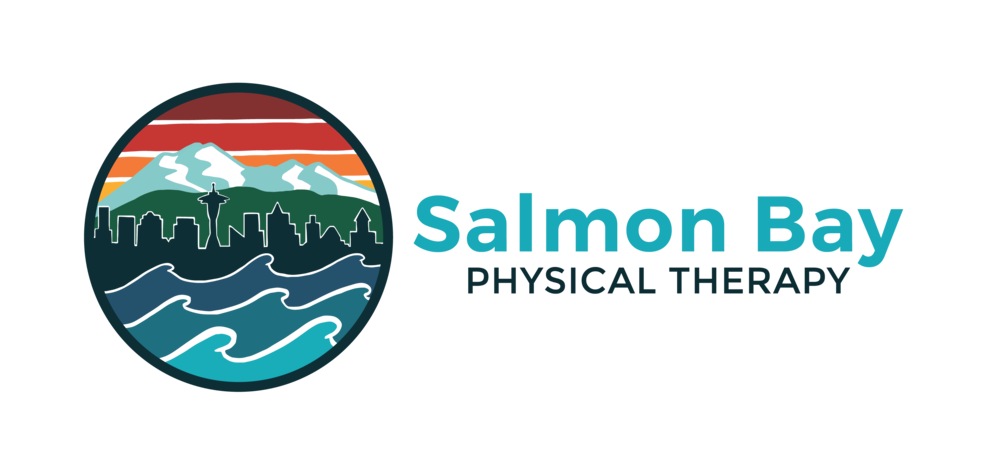With back-to-school just around the corner and summer coming to a close, here in the Pacific Northwest it’s time to start thinking about training for the upcoming ski season. As my inbox is flooded with emails about discounts on season passes and lodging at the local ski resorts, I cannot help but feel inspired to prepare for those long days in the backcountry or skiing laps on powder days inbounds. But what are some of the more important areas to focus on when building a ski conditioning program? While skiing can be a lifelong sport, it also carries with it high physical demands and risk of injury. Therefore, as with most sports-specific training programs, the key is including exercises that promote both injury prevention and performance enhancement. When it comes to skiing, exercises that improve strength, stability, and mobility are paramount. Here are a few examples:
A retro floating lunge improves functional gluteal and quadriceps strength, while also promoting improved stability at the hip and knee joints, two prominent areas that can frequently be injured when skiing.
Band-resisted side-stepping strengthens the gluteus medius, a muscle integral in controlling excessive rotation at the knee joint. Training this muscle is important in reducing the risk of ACL tears, an unfortunately common injury among skiers.
Ankle dorsiflexion lunges help increase mobility at the ankle joint, allowing you sufficient range of motion to avoid back seat skiing.
Lateral bounding facilitates improved stability at the hip and knee joints, while also strengthening the gluteals and quadriceps, helping you better hold your edge on more challenging terrain.
As with any training program, a slow and systematic progression is key to avoiding overuse injuries. Performing strengthening exercises such as these 2-3 days per week is enough to make improvements and more is not always better. Your program should be at least 8 weeks in length in order to provide adequate time for adaptive changes to take place to your musculoskeletal and cardiovascular systems. It takes time and consistency to make your muscles stronger and your joints more mobile! Finally, seek clearance from your physical therapist or primary care provider before initiating any new exercise program and stop if you find yourself limited by unrelenting aches and pains.
Fingers crossed for a big snow year. Hope to see you out there!


